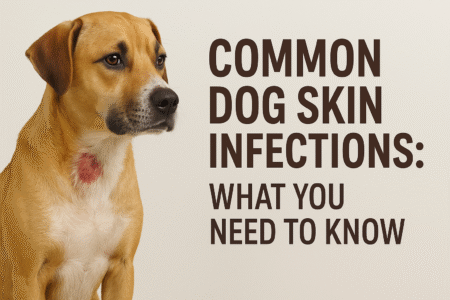As a pet owner, it’s only natural for you to worry when you see your furry friend shivering or shaking. These signs, often perceived as unusual, can raise concerns about your dog’s wellbeing. This comprehensive guide will help you understand why dogs shiver and shake and offer actionable steps on what to do about it.
Understanding Dog Shivers and Shakes
Understanding the reasons behind your dog’s shivering and shaking is crucial before we explore possible solutions. It’s a dog’s way of communicating discomfort, fear, or sickness, among other things.
Physical Causes
Dogs shiver and shake due to various physical causes. Here are some common reasons:
1. Cold Weather
Similar to humans, dogs might shiver or shake when exposed to cold temperatures. Small breeds and dogs with thin coats are particularly susceptible to cold.
2. Pain and Illness
If your dog is shivering and also showing signs of distress, they could be experiencing pain. Shaking can also be indicative of specific illnesses such as kidney disease, pancreatitis, or neurological disorders.
3. Excitement or Anticipation
You might notice your dog shaking when they’re excited or anticipating something like a walk or a treat. This is entirely normal.
Emotional Causes
Shivering and shaking can also stem from emotional distress. Some dogs are more prone to anxiety and stress, which may manifest physically.
4. Fear or Anxiety
Fearful situations such as thunderstorms, fireworks, or visits to the vet can trigger shaking. Separation anxiety might also lead to this behavior when you’re away.
5. Attention Seeking
Dogs sometimes shake or shiver to grab their owner’s attention, especially if it results in petting, comforting, or treats.

What to Do When Your Dog Shivers or Shakes
Now that we understand the reasons, let’s explore the practical steps you can take when your dog shivers or shakes.
Handling Cold-Induced Shivers
6. Keep Them Warm
Provide your dog with warm blankets or a heated dog bed in cold weather. Dog sweaters or jackets are also beneficial for outdoor walks in the winter.
Addressing Pain or Illness
7. Consult a Vet
If you suspect that pain or illness is causing your dog to shiver, immediately consult your veterinarian. They might need medical intervention or specific medications.
Dealing with Excitement
8. Stay Calm
If your dog shakes due to excitement, stay calm. Encourage calm behavior and reward it, gradually desensitizing them to stimuli that cause excessive excitement.
Managing Fear or Anxiety
9. Provide Comfort
Comfort your dog during stressful situations. Use soothing music, gentle petting, or anxiety wraps to make them feel secure. Consult a professional if your dog’s fear or anxiety is severe.
Addressing Attention-Seeking Behavior
10. Reinforce Positive Behavior
Try to ignore attention-seeking shaking and reinforce positive behavior instead. If shaking persists, consider consulting a dog behaviorist.
Conclusion
In conclusion, dogs shiver and shake for various reasons, from the physical response to the cold to emotional responses such as fear or excitement. Understanding why your dog shivers can provide insight into their wellbeing and guide your response. If your dog’s shaking or shivering is persistent or accompanied by other signs of distress, always consult your vet. Always remember, a happy dog makes a happy home.
Réparer les Fenêtres à Bruxelles : Restauration de la Clarté et du Confort
















Leave a Reply